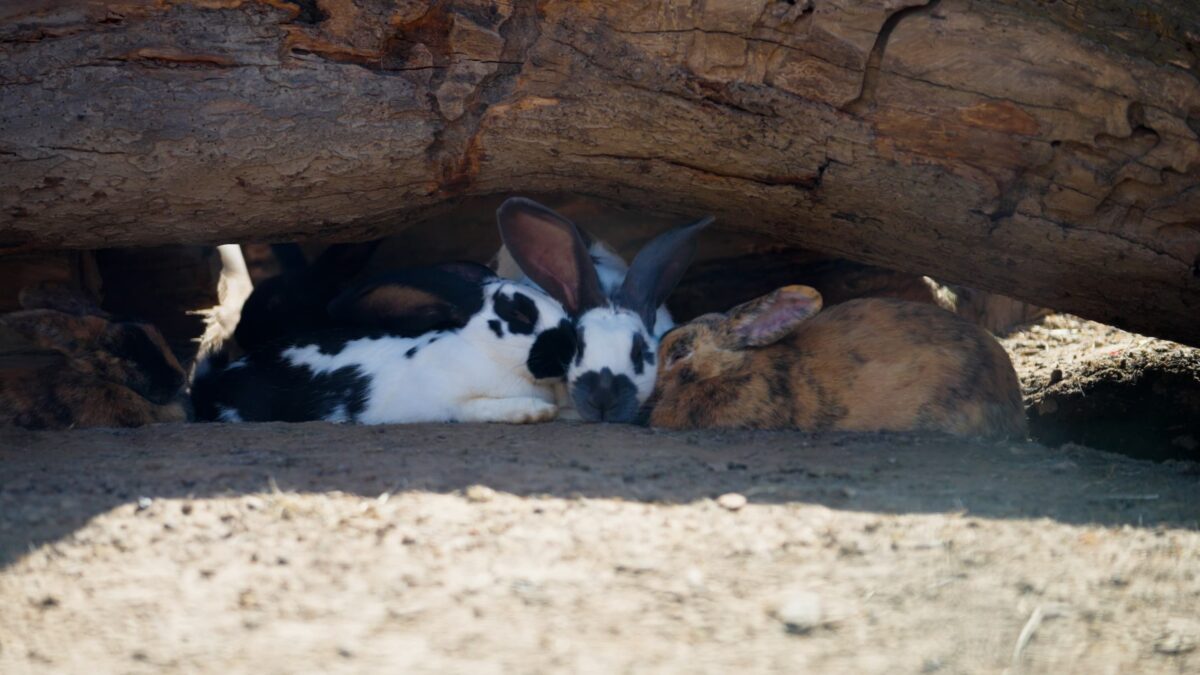Rabbits
As the demand for meat is falling, rabbits are becoming increasingly rare on Swiss farms. At present, farming families still have around 60,000 animals. Many rabbits live as pets or with hobby breeders. In Switzerland, 44 rabbit breeds are recognised in more than 100 colours. These also include original Swiss breeds such as the Swiss Feh, Tri-Coloured Checkered, Swiss Fox and Swiss Checkered rabbits. They all descend from the wild rabbit.


